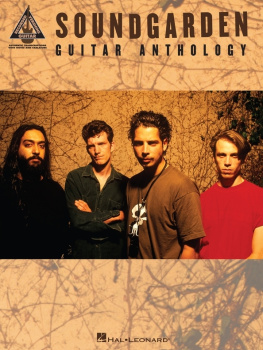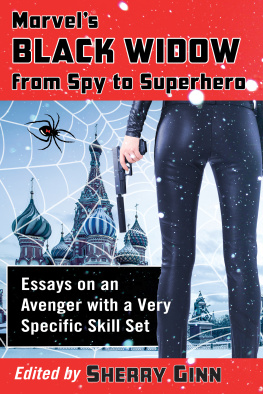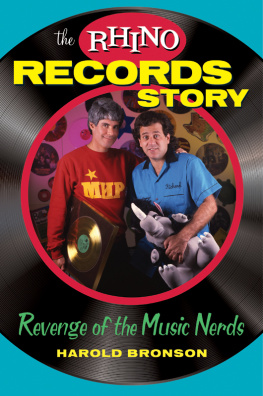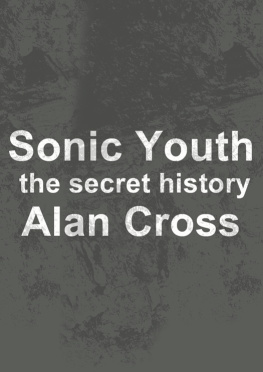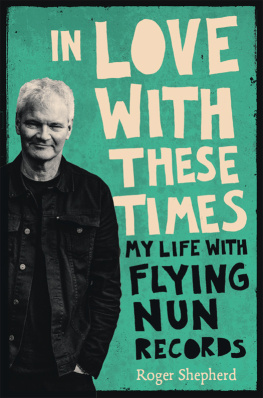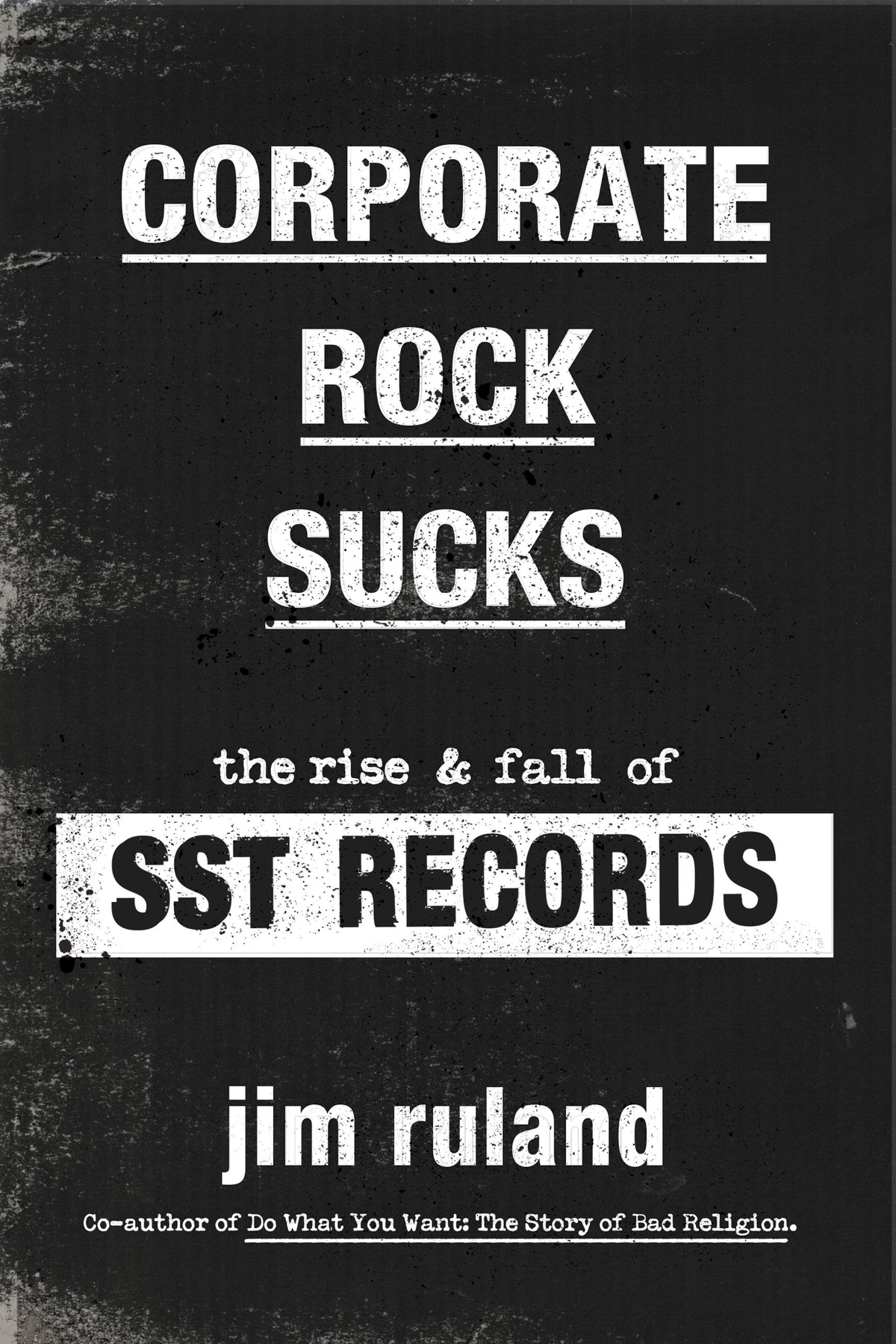
Forest of Fortune
Big Lonesome: Stories
Cowritten by Jim Ruland
Do What You Want: The Story of Bad Religion (with Bad Religion)
My Damage: The Story of a Punk Rock Survivor (with Keith Morris)
Giving the Finger: Risking It All to Fish the Worlds Deadliest Sea (with Captain Scott Campbell Jr.)
Copyright 2022 by Jim Ruland
Jacket design by Timothy ODonnell
Jacket copyright 2022 by Hachette Book Group, Inc.
Hachette Book Group supports the right to free expression and the value of copyright. The purpose of copyright is to encourage writers and artists to produce the creative works that enrich our culture.
The scanning, uploading, and distribution of this book without permission is a theft of the authors intellectual property. If you would like permission to use material from the book (other than for review purposes), please contact permissions@hbgusa.com. Thank you for your support of the authors rights.
Hachette Books
Hachette Book Group
1290 Avenue of the Americas
New York, NY 10104
HachetteBooks.com
Twitter.com/HachetteBooks
Instagram.com/HachetteBooks
First Edition: April 2022
Published by Hachette Books, an imprint of Perseus Books, LLC, a subsidiary of Hachette Book Group, Inc. The Hachette Books name and logo is a trademark of the Hachette Book Group.
The Hachette Speakers Bureau provides a wide range of authors for speaking events.
To find out more, go to www.hachettespeakersbureau.com or call (866) 376-6591.
The publisher is not responsible for websites (or their content) that are not owned by the publisher.
Library of Congress Control Number: 2021952121
ISBNs: 9780306925481 (hardcover); 9780306925474 (ebook)
E3-20220308-JV-NF-ORI
For my mother,
Kate Flanagan,
the first in the family
to fall in love with Hermosa Beach
While art is not always trash, it is always disposable; and while it may have relevance, it also just takes up space. People seem to get attached to things destined to passflowers, orgasm, friendship, life. The monuments that mark our graves will one day disappear. As much as we want to think so, art is not immortal. Only the fearless spirit it takes to invent an act of creation from nothing is ageless, and knows no death.
M. Segal of Paper Bag
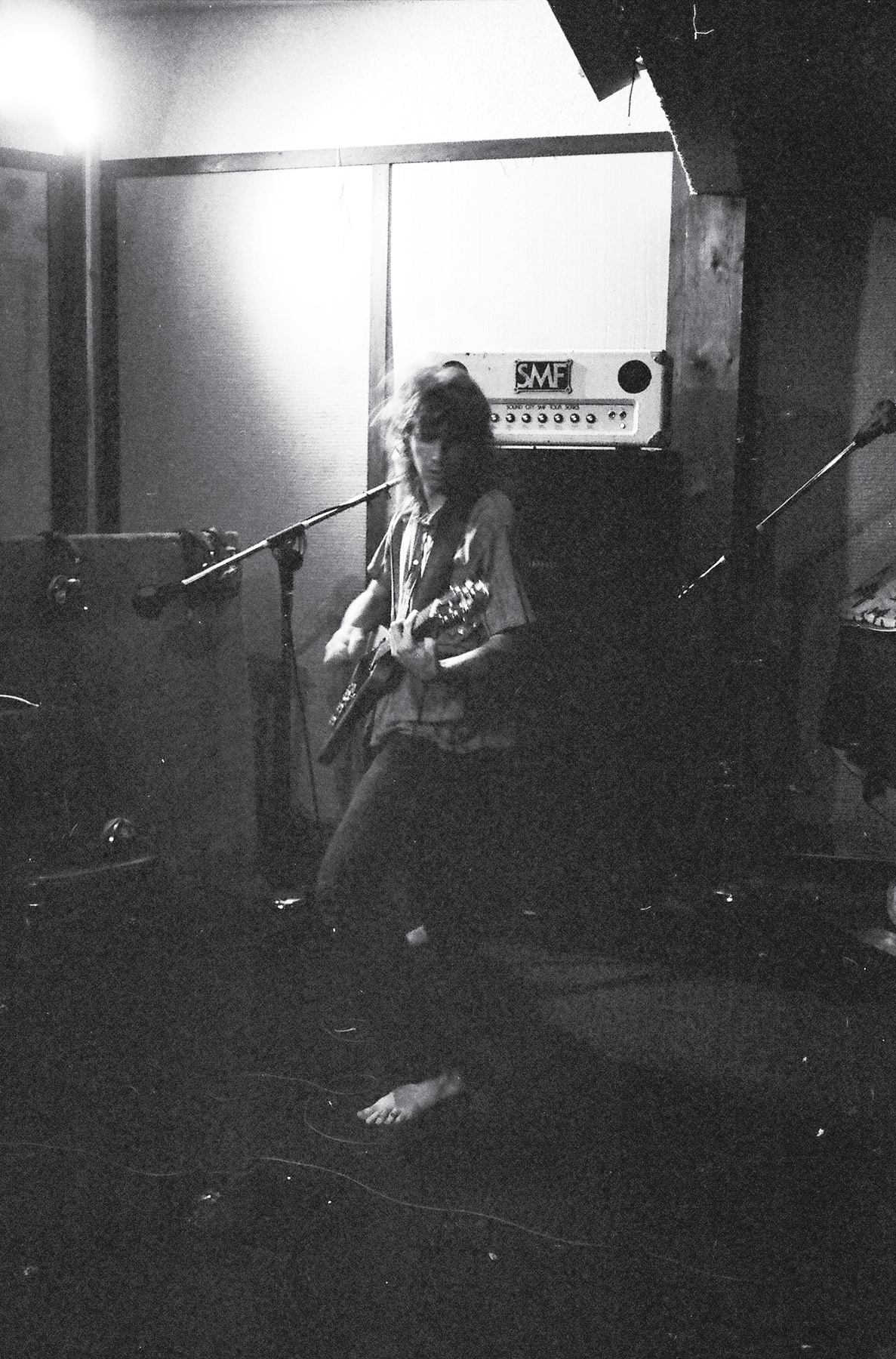
Greg Ginn during the recording of Nervous Breakdown at Media Art Studio in Hermosa Beach, California, in early 1978. (Photo by SPOT.)
The end of the 70s
Greg Ginn was frustrated.
The Hermosa Beach guitarist had spent the better part of two years pouring his heart and soul into his banda noisy quartet called Panic!and had nothing to show for it. Panic! was faster than the Stooges and heavier than Black Sabbath. The band had its own gear, rehearsed in its own practice space, and wrote its own material, which was part of the problem because venues wouldnt book new bands that played original music. From the clubs in Hollywood to the bars along Pacific Coast Highway, bookers were looking for musicians who could play Top 40 hits. I thought of music as kind of a scam, Ginn said.
Ginn didnt get into music until he checked out the action at the Lighthousea nightclub down the street from his parents house that happened to be the most important venue for jazz music on the West Coast. Ginn played guitar during breaks from his studies at UCLA, but after seeing the Ramones play at the Roxy Theatre in the summer of 76, all he wanted to do was make his own noise.
Ginn found his singer, Keith Morris, at the local record store. Morris knew a rock and roll drummer named Bryan Migdol, the younger brother of a close friend whod died in a car accident. They started jamming in Ginns garage. Things began to click when Gary McDaniel of Wrm took over on bass. McDaniel, who would change his name to Chuck Dukowski, let them use his bands practice space in an abandoned bathhouse on the Strand dubbed the Wrmhole.
The Hermosa Beach police decided this was too much excitement and kicked everyone out. Ginn rented a space in a strip mall on Aviation Boulevard, not far from one of the bait and tackle shops Morriss father owned and operated. The band went back to work, conducting marathon practice sessions that lasted late into the night and occasionally attracted crowds of friends. When the calendar flipped from 1977 to 1978, Panic! still hadnt played a single show, which was becoming a source of frustration.
Panic! participated in the burgeoning punk scene that had taken root in Hollywood and was spreading to every corner of Southern California. Morris even made the drive up to San Francisco to see Johnny Rotten detonate the Sex Pistols at Winterland. Despite the bands engagement in the scene, Panic! was spurned by Hollywood punks. They considered us to be nothing more than beach rats, Morris said. If they were competing in the Sid Vicious lookalike contest, we were competing in the Peter Frampton lookalike contest. That didnt sit well with a lot of those people.
The bands appearance defied fashion-conscious Hollywood insiders and helped define its own aesthetic. The members of Panic! didnt dress up to go to punk rock shows or to play gigs. They wore the same clothes on stage Ginn believed the best way to get people to take his band seriously was to put out a record. Panic! couldnt get a gig because it didnt have a record, but how do you get a record deal when youve never played a show?
Glen Spot Lockett, a recent transplant to Hermosa Beach who worked at the Garden of Eden vegetarian restaurant where Ginn frequently ate lunch, offered a solution. I was writing for the Easy Reader and doing music reviews, Spot said, and one day he was eating there and he kind of called me out on one of the reviews I wrote. So we got into a discussion, talking about this stuff.
Ginn and Spot learned they had a great deal in common. They were passionate guitar players, and both of their fathers were military aviators whod flown combat missions overseas during World War II. Ginns father, Regis, served as a navigator with the US Eighth Army Air Corps in England. Spots father was a member of the famed Tuskegee Airmen: the first Black aviators of the US Army Air Corps.
Spot suggested that Ginn record at Media Art, an art complex with a darkroom where Spot developed his photos and a recording studio where he recently started working as a sound engineer. Best of all, it was right down the street. Ginn said he would look into it. Spot didnt know how serious Ginn was, but he would soon find out.
Panic! assembled at the studio late one night (when the rates were cheapest) and recorded eight songsall originals. Because the songs were so short, it wasnt nearly enough material for an album, but more than enough for an EP. The record was engineered by Dave Tarling with assistance from Spot. It was the first of many projects Spot would have a hand in making with Ginn. Panic! sent a tape of the recording to Bomp! Records and received a favorable response: Greg Shaw was interested in signing the band and offered to put out the EP.
Things were finally moving forward, but the band was in a near-constant
Ginn promised to send photographs to help promote the record, which he did the following month. Ginns correspondence with Shaw was typed on stationery for SST Electronics, his mail-order company, and signed Gregory Ginn.


